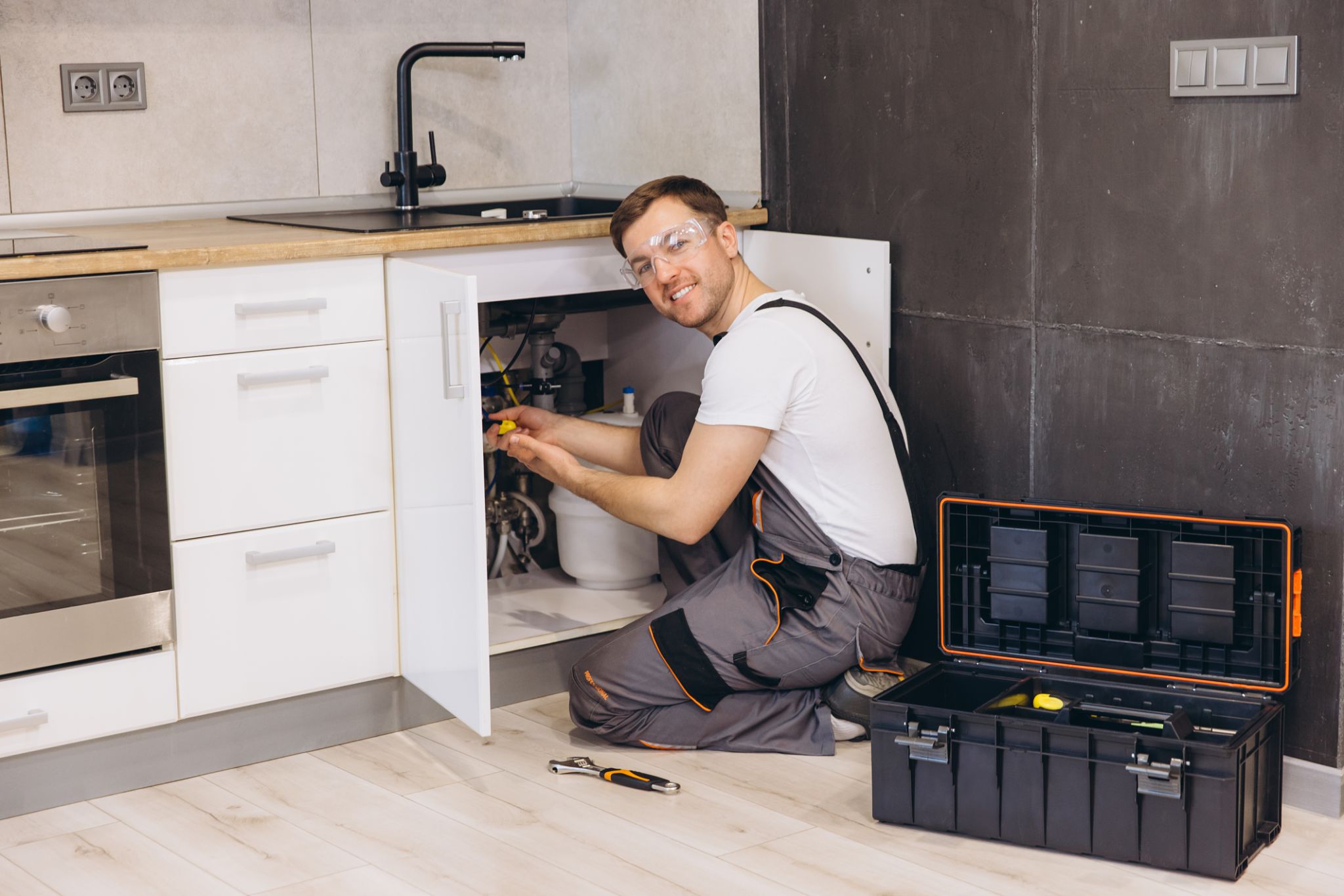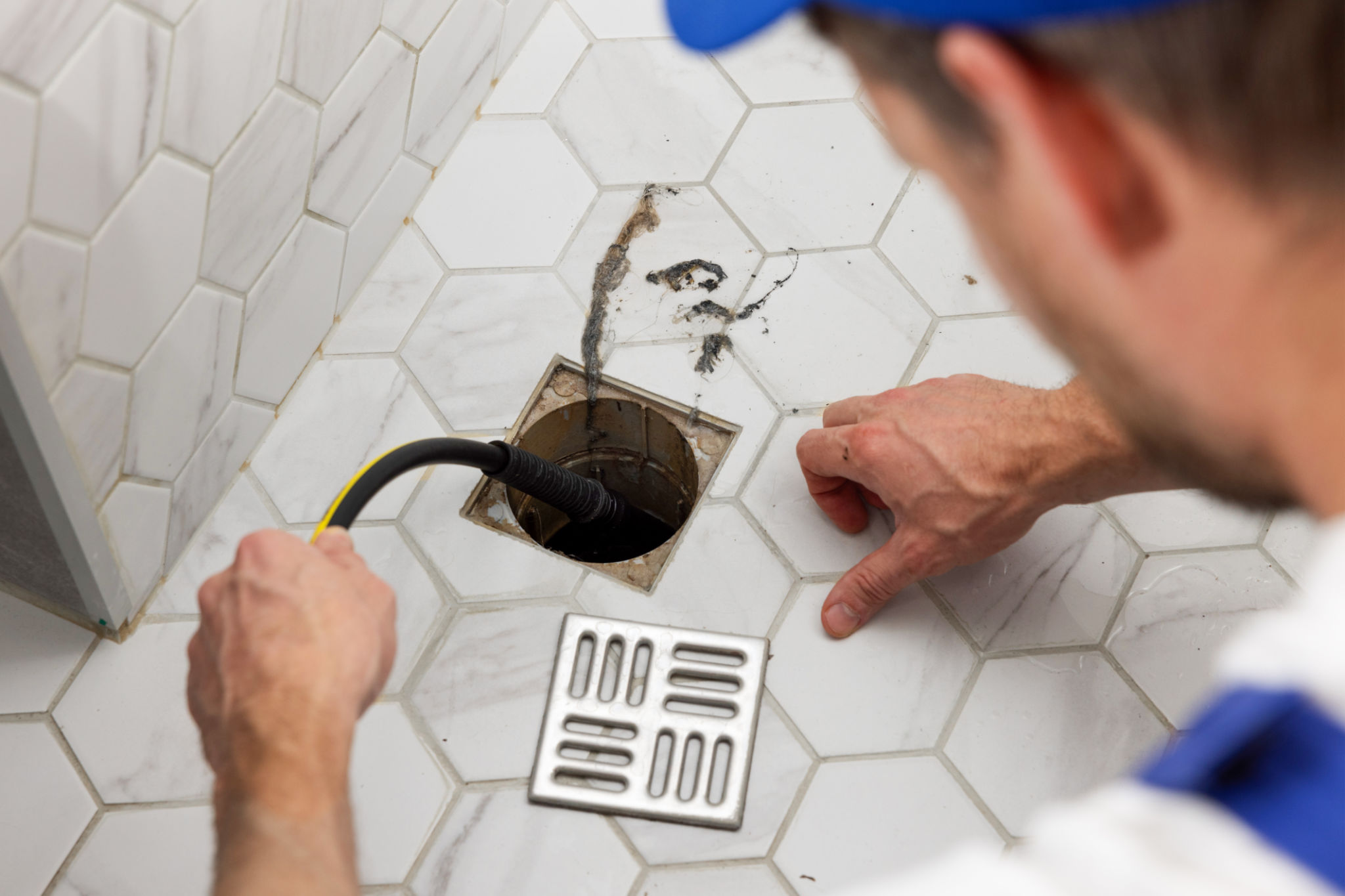DIY Plumbing Fixes Every Gawler Resident Should Know
Understanding Your Plumbing System
As a Gawler resident, it's essential to have a basic understanding of your plumbing system. This knowledge can save you time and money by allowing you to handle minor issues on your own. Your home's plumbing involves a network of pipes, valves, and fixtures that work together to provide water and waste removal. Familiarizing yourself with these components can help you identify problems early on.
One of the first steps is to locate your main water shut-off valve. In case of a severe leak or burst pipe, turning off the water supply quickly can prevent significant damage. Typically, this valve is located near the water meter or where the main water line enters your home.

Fixing a Leaky Faucet
A leaky faucet is a common plumbing issue that can lead to increased water bills if not addressed. Fortunately, fixing it is often a simple DIY task. First, identify the type of faucet you have—compression, ball, cartridge, or ceramic disk. Each type has a different repair method, but they all start with turning off the water supply.
For a compression faucet, the most common cause of leaks is a worn-out washer. You'll need to disassemble the faucet handle and replace the washer. Make sure to bring the old washer to the hardware store to find an exact match. This straightforward repair can stop the drip and conserve water.
Unclogging Drains
Clogged drains are another frequent issue homeowners face. A slow-draining sink or shower can be frustrating, but there are effective DIY methods to tackle this problem. Start by using a plunger to see if you can dislodge the blockage. If that doesn't work, try a mixture of baking soda and vinegar to break down the debris.

For tougher clogs, a plumber's snake or auger can be used to reach deeper into the pipes and remove the obstruction. Regularly cleaning your drains with hot water and baking soda can also help prevent future clogs.
Repairing Toilet Issues
Toilet problems can range from minor annoyances to significant disruptions. One common issue is a running toilet, which can waste a lot of water if left unchecked. This often occurs due to a faulty flapper or fill valve. Replacing these parts is usually straightforward and can be done with basic tools.
If your toilet is clogged, a plunger is typically your first line of defense. For stubborn blockages, a toilet auger might be necessary to clear the obstruction. Remember to use gentle pressure to avoid damaging the toilet bowl.

Preventing Future Problems
Preventative maintenance is key to avoiding plumbing issues down the line. Regularly inspect your pipes for signs of corrosion or leaks, and address any minor problems before they escalate. Installing drain covers can help prevent debris from entering your pipes and causing clogs.
Additionally, be mindful of what goes down your drains and toilet. Avoid flushing non-biodegradable items and dispose of grease and food scraps properly to reduce the risk of blockages.
Knowing When to Call a Professional
While many plumbing problems can be handled with DIY solutions, some issues require professional expertise. If you're dealing with persistent leaks, low water pressure, or sewer line problems, it's best to consult a licensed plumber. They have the tools and knowledge to diagnose and fix complex issues efficiently.
Ultimately, knowing these DIY plumbing fixes can empower you to handle minor repairs confidently while keeping your home's plumbing system running smoothly. However, never hesitate to seek professional help when needed to ensure the safety and longevity of your plumbing infrastructure.
